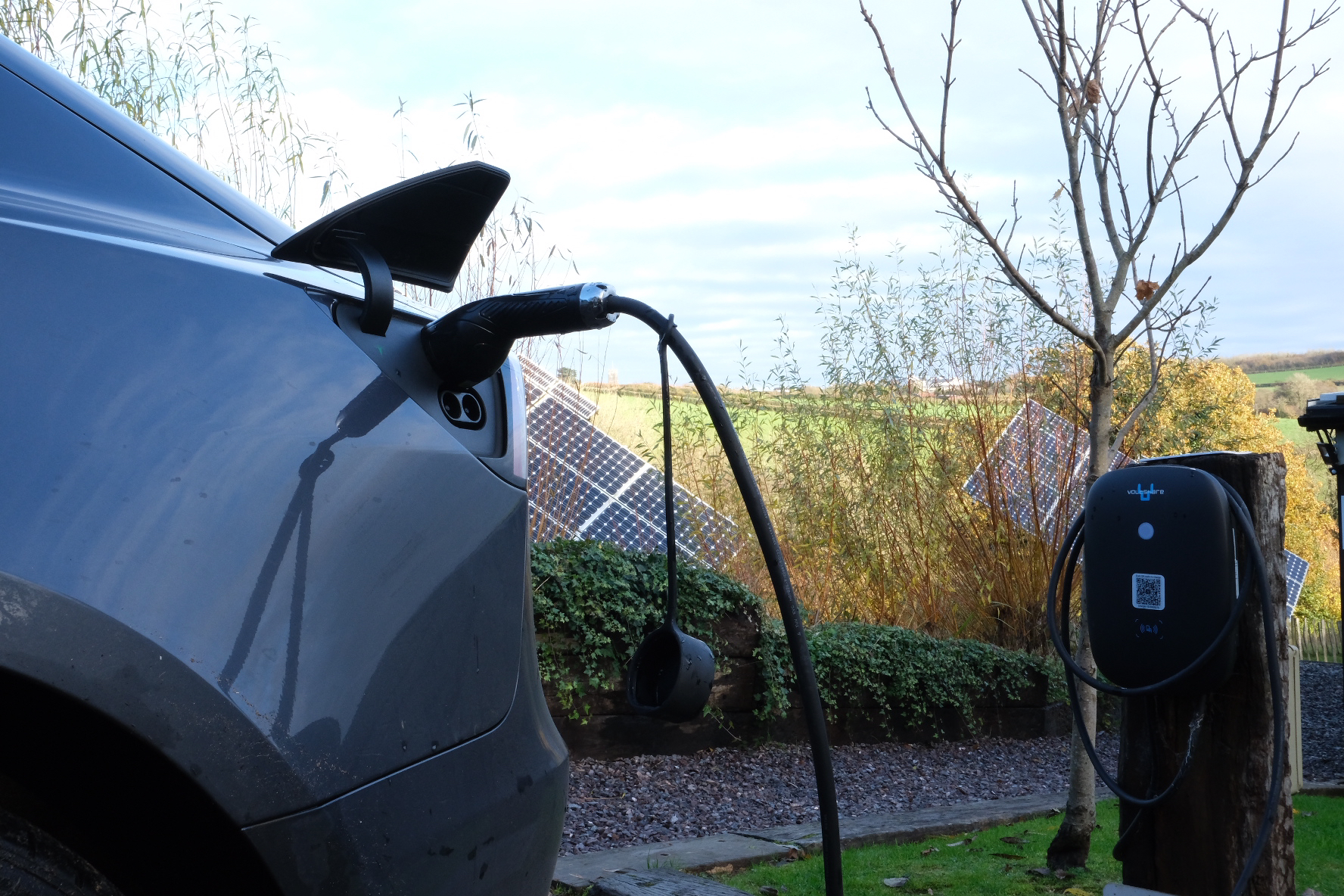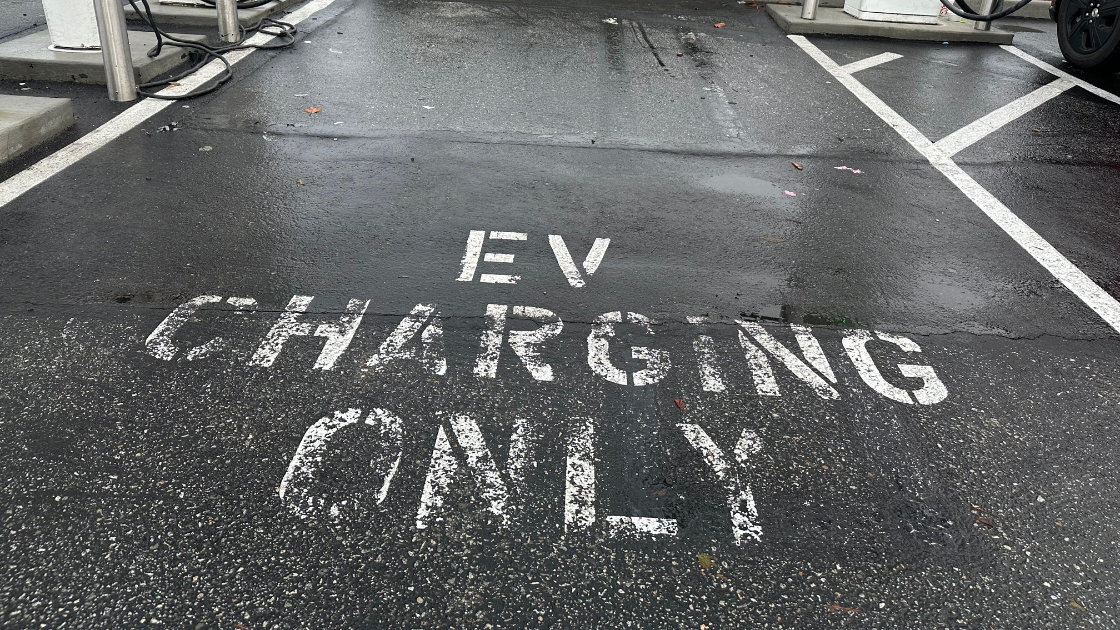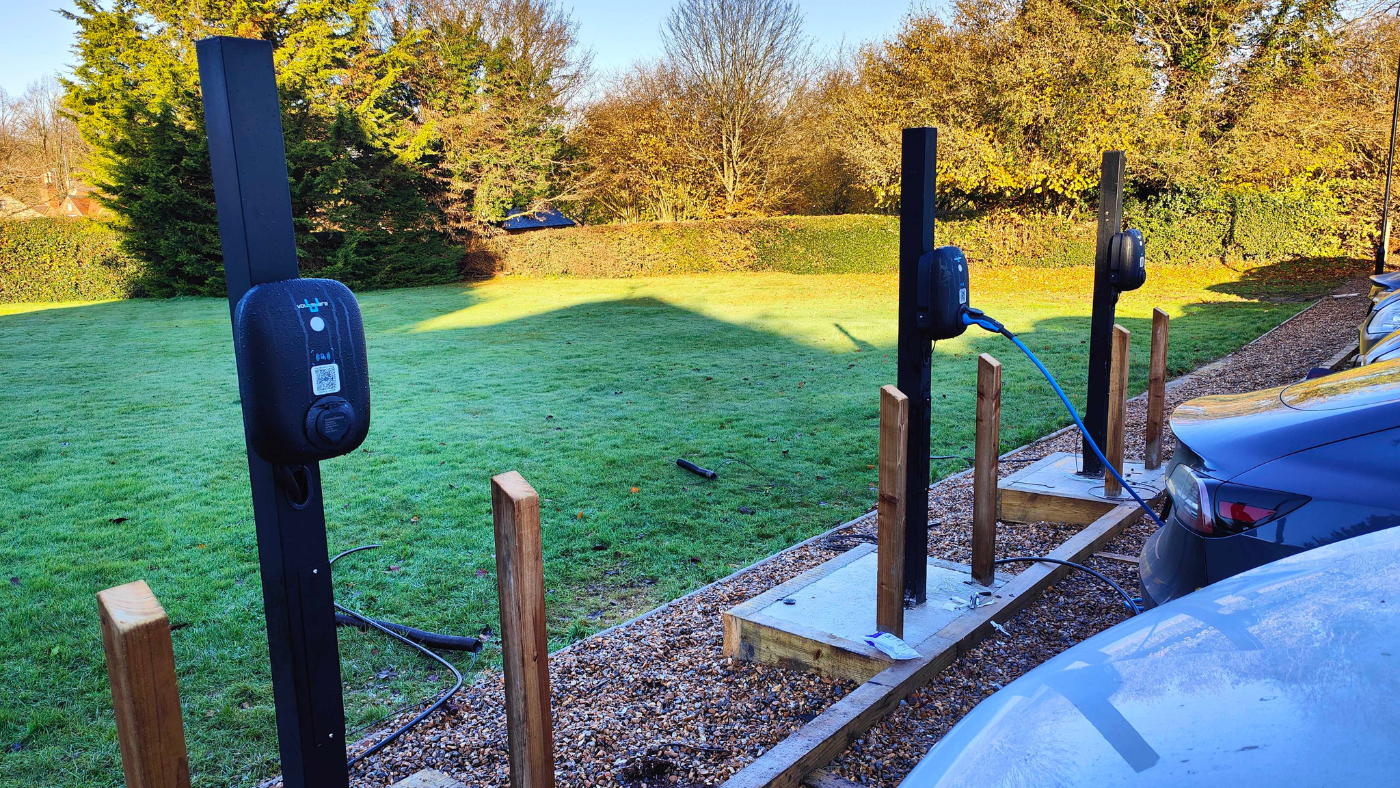Learn how to plan, install, and future-proof EV chargers for your UK car park, covering everything from site assessments and power supply checks to choosing the right installer and charger type.

Complete guide to EV charger software migration: planning, technical considerations, and choosing the right migration partner to upgrade your charging network with minimal downtime and maximum ROI.

As the electric vehicle market keeps expanding, charge point operators and businesses are under pressure to keep their charging networks efficient, secure, and ready for whatever comes next. EV charger software migration gives organisations a way to upgrade to more reliable, scalable, and compatible platforms—ideally without disrupting daily operations. This shift matters for compliance, user experience, and staying on top of changes in a fast-moving industry.
Plenty of operators hit a wall when their systems can’t keep up with integration needs or rising demand. Switching to a new management platform can open the door to better performance and features that older setups just can’t deliver. With solid planning, this process doesn’t have to be a headache—downtime can be kept in check, and the migration can feel almost seamless for both providers and their customers.
For businesses weighing this change, it’s all about clear, practical info: steps to take, real benefits like a more secure network, better payment processing, and easier integration with standards like OCPP.
EV charger software migration means moving network operations, data, and functions from an old platform to something new. It takes careful planning, a solid grasp of the tech, risk management, and—maybe most importantly—clear communication with everyone involved.
The main point of migrating your EV charging platform is to boost operational efficiency, support network growth, and make sure you’re ready for new hardware or standards. This move usually unlocks advanced features, stronger security, and better ways to connect with evolving protocols like OCPP.
Some clear wins: lower total cost of ownership, more reliable charging, and easier management for operators. In a sector where tech moves fast, updating your platform helps you stay compliant and competitive. Industry case studies suggest that upgrading from legacy systems can also help future-proof your setup and open up new business models.
Migrating platforms isn’t without risks. There’s always the possibility of downtime, data slip-ups, or hardware that just doesn’t play nice with the new system. Interruptions to charging services can frustrate drivers, so having backup plans is a must.
Keeping everyone in the loop is critical. Set expectations early, give regular updates, and you’ll sidestep a lot of confusion and pushback.

A successful EV charger software migration starts with real planning: understanding your infrastructure, choosing an approach, communicating well, and testing rigorously. Keeping things scalable and reliable makes the whole process less painful and gets you to the benefits faster.
Start by taking a hard look at your current charging stations, backend systems, and all the apps they connect to. Document every device, network setup, third-party integration, and data flow you’ve got.
Areas to focus on:
This phase is also for spotting bottlenecks or dependencies that could trip you up. A detailed analysis lets you tailor your migration plan to what your organisation actually needs.
How you migrate matters—a lot. You might go phased, big-bang, or some hybrid of both.
A phased approach lets you move parts of your system bit by bit, which means you can tweak as you go and roll back if something breaks. Big-bang migration is all at once—high risk, but sometimes necessary if you can’t afford a long transition.
Think about data volume, how critical real-time services are, and how tangled your integrations are. The right strategy keeps downtime low and lets your business keep moving.
Communication can’t be an afterthought. Let employees, partners, and customers know what’s coming, when, and what it might mean for them.
A decent comms plan should:
Keeping everyone in the loop helps catch issues early and keeps the migration on track. Feedback sessions and regular updates make it easier to spot and fix problems.
Try things out on a small scale first. Running a proof-of-concept on just a handful of charging stations helps you catch issues before they become big headaches.
What to test:
Lessons from these tests are gold—they’ll help you avoid bigger problems later. Iterative testing and validation are your friends.

Technical planning is where things get real. You’re dealing with a mashup of hardware, protocols, connectivity, and security. What you do here shapes both the user experience and the stability of your charging network.
Check that your hardware is up to snuff. Charging stations might need firmware updates or tweaks to work with the new platform or newer protocols like OCPP 2.0.1. Don’t skip basic things like LAN connectivity and port checks.
Always review manufacturers’ docs to confirm support. Some older stations might need workarounds or even replacement. Keep a technical inventory so you know what’s working and what isn’t.
Checklist might include:
Moving operational data isn’t just dragging files over. You need to accurately transfer user profiles, charging sessions, billing records, and all your core settings.
Map your data fields before you start. Double-check config variables like tariffs and remote controls—format or syntax errors can cause headaches.
Test the migration in a sandbox first. Always back up your data before kicking things off, so you have a safety net if something goes wrong.
All charge points need to stay connected to the new management software—doesn’t matter if it’s LAN, WAN, or mobile. Watch for network stability and make sure you’re up to date with OCPP protocol versions. This affects remote control, updates, and billing.
Check that your charge points support the right OCPP version (1.6, 2.0.1, etc.), since some management systems drop support for older protocols. Do functional OCPP acceptance testing—structured guides like this OCPP acceptance testing guide can help.
Troubleshooting tools can help you spot issues with websocket or HTTP(S) connections. Consistent diagnostics are key for catching problems before you go live.
Don’t cut corners on security. Use secure transfer methods like SFTP or HTTPS, and limit access to sensitive stuff to those who actually need it.
Phased or staggered migration helps avoid big outages and keeps drivers charging. Assess risks ahead of time, and have a plan for letting users know if there’s a hiccup.
Have fallback options—rollback scripts, configuration snapshots—ready in case things go sideways. Keeping tech teams and customer support in sync means you can respond fast to issues and keep trust intact.

Migrating EV charging software and everything that comes with it can feel overwhelming—and honestly, trying to tackle it alone often leads to costly mistakes, extended downtime, and frustrated customers. Instead of wrestling with technical complexities and risking your network's reliability, consider partnering with a migration specialist who can handle the heavy lifting while you focus on running your business.
Expertise and Experience - Migration partners bring specialised experience across different platforms, hardware configurations, and industry standards. They've seen the common pitfalls, know how to navigate compatibility issues, and understand the nuances of various OCPP implementations. This expertise translates to faster, smoother transitions with fewer surprises.
Reduced Risk and Downtime - Professional migration teams have refined processes and testing protocols that minimise service interruptions. They know how to structure phased rollouts, implement proper fallback procedures, and coordinate timing to avoid peak usage periods. What might take your internal team weeks of trial and error, they can execute efficiently with minimal disruption.
Comprehensive Project Management - A good migration partner doesn't just handle the technical aspects—they manage the entire project lifecycle. This includes stakeholder communication, timeline coordination, compliance verification, and post-migration support. You get a single point of contact who keeps everything on track and everyone informed.
Proven Track Record - Look for partners with documented success stories and plenty of good reviews.
24/7 Support and Rapid Response - EV charging networks operate around the clock, so your migration partner should offer continuous support. This means having technical teams available to address issues immediately, not just during business hours.
End-to-End Service Capability - The best migration partners handle everything from initial assessment and planning through post-migration optimisation.
Industry Certifications and Standards Compliance - Verify that your chosen partner maintains relevant certifications and stays current with industry standards like OCPP 2.0.1, ISO 27001 for security, and regional compliance requirements.
Ready to make the switch? Get in touch with our friendly team today to discuss our comprehensive migration options.